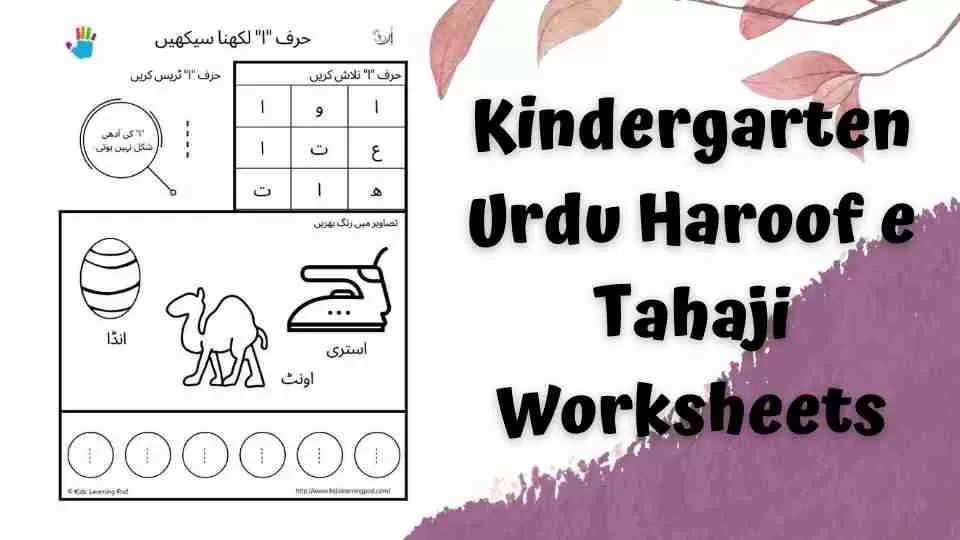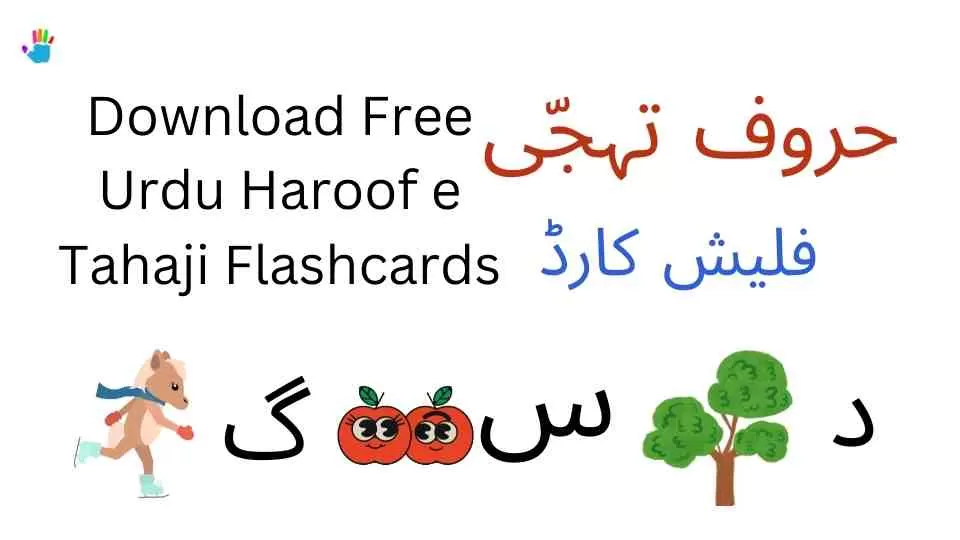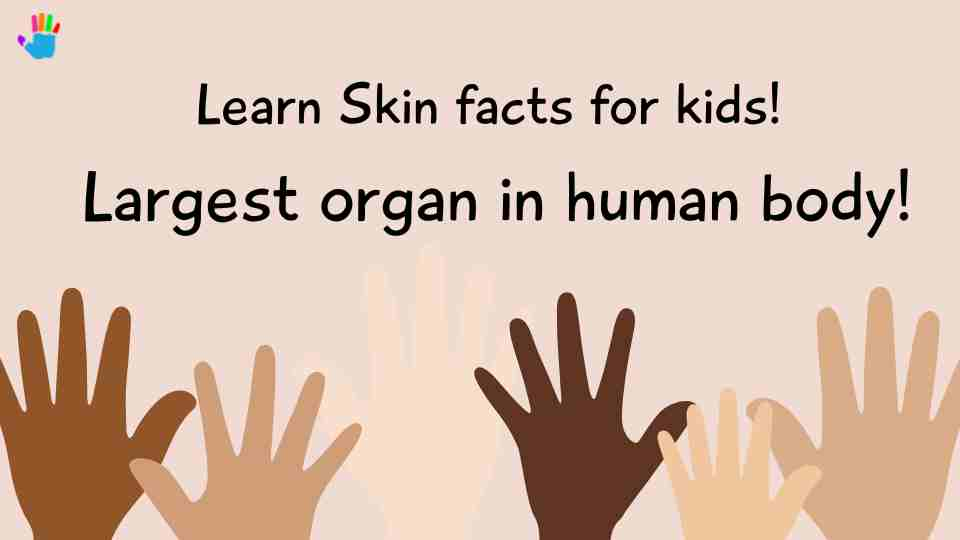Introduction
Importance of teaching children about the human body
As children grow and develop, it’s important for them to learn about their bodies and how they work. Understanding the functions and structures of the human body helps children appreciate the complexity of their own biology, as well as the importance of taking care of themselves. Teaching children about the human body can also spark curiosity and interest in science, which can lead to a lifelong love of learning.
Brief Overview of the Stomach and Its Role in the Digestive System
The stomach is a muscular sac located in the upper abdomen, and it’s part of the digestive system. When we eat, food enters the stomach from the esophagus and is mixed with gastric juice, which contains enzymes and hydrochloric acid. The stomach contracts and relaxes to help break down food and move it through the digestive system.
Using a Labelled Diagram to Aid in Understanding the Stomach
One effective way to help children understand the structure and function of the stomach is by using a labelled diagram. A diagram can provide a visual aid to help children identify the different parts of the stomach and how they work together during digestion.
Anatomy of the Stomach
Location of the Stomach in the Body
The stomach is located in the upper abdomen, just below the ribcage. It sits between the esophagus and the small intestine.
Four Layers of the Stomach: Mucosa, Submucosa, Muscularis, and Serosa
The stomach has four main layers that work together during digestion:
- Mucosa: The innermost layer of the stomach, which contains glands that produce gastric juice.
- Submucosa: The layer of tissue beneath the mucosa that contains blood vessels and nerves.
- Muscularis: The layer of muscle that helps the stomach contract and relax during digestion.
- Serosa: The outermost layer of the stomach, which helps protect it from injury.
How These Layers Work Together During Digestion
The layers of the stomach work together to help break down food and move it through the digestive system. The mucosa produces gastric juice, which contains enzymes and hydrochloric acid that help break down food. The muscularis contracts and relaxes to mix the food with gastric juice and move it through the stomach. The submucosa contains blood vessels and nerves that help regulate the digestive process.
Functions of the Stomach
Role of Gastric Juice in Breaking Down Food
Gastric juice is a mixture of enzymes and hydrochloric acid that helps break down food in the stomach. The enzymes in gastric juice break down proteins into smaller molecules that can be easily absorbed by the body. The hydrochloric acid in gastric juice helps kill bacteria that may be present in the food we eat.
Mixing Food with Gastric Juice and Stomach Contractions
As food enters the stomach, it’s mixed with gastric juice and the stomach begins to contract and relax. These contractions help mix the food with the gastric juice, breaking it down further and making it easier to move through the digestive system.
Regulating the Release of Food into the Small Intestine
The stomach regulates the release of food into the small intestine, which is the next step in the digestive process. The pyloric sphincter, a ring of muscle at the bottom of the stomach, opens and closes to allow small amounts of food to pass through at a time.
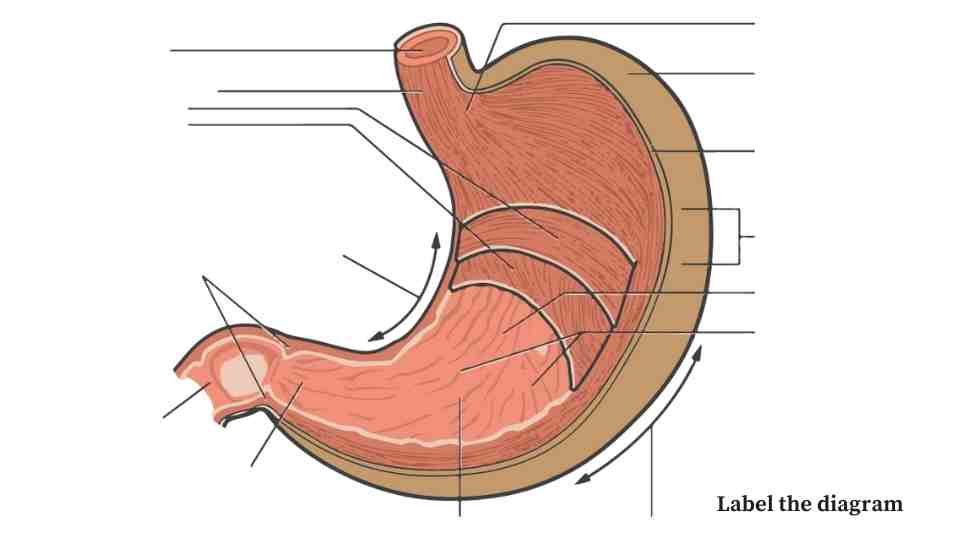
Parts of the Stomach
Introduction to the Different Parts of the Stomach
Cardiac Sphincter, Fundus, Body, Pylorus, and Pyloric Sphincter
The stomach has several distinct parts, each with its own function in the digestive process. The cardiac sphincter is the ring of muscle that separates the esophagus from the stomach. The fundus is the upper portion of the stomach, while the body is the larger, central portion. The pylorus is the lower portion of the stomach, and it connects to the small intestine through the pyloric sphincter.
Functions of Each Part in the Digestive Process
Each part of the stomach plays a role in the digestive process. The cardiac sphincter helps prevent acid reflux by keeping stomach contents from flowing back up into the esophagus. The fundus stores food and helps break it down further with gastric juice. The body of the stomach continues the digestive process, mixing food with gastric juice and contracting to move it through the stomach. The pylorus regulates the release of food into the small intestine through the pyloric sphincter.
Using a Labelled Diagram to Visualise the Parts of the Stomach
A labelled diagram can help children visualise the different parts of the stomach and understand how they work together during digestion. The diagram can also help children identify each part of the stomach and its function in the digestive process.
Download Stomach Diagram Labeled and unlabbeled!
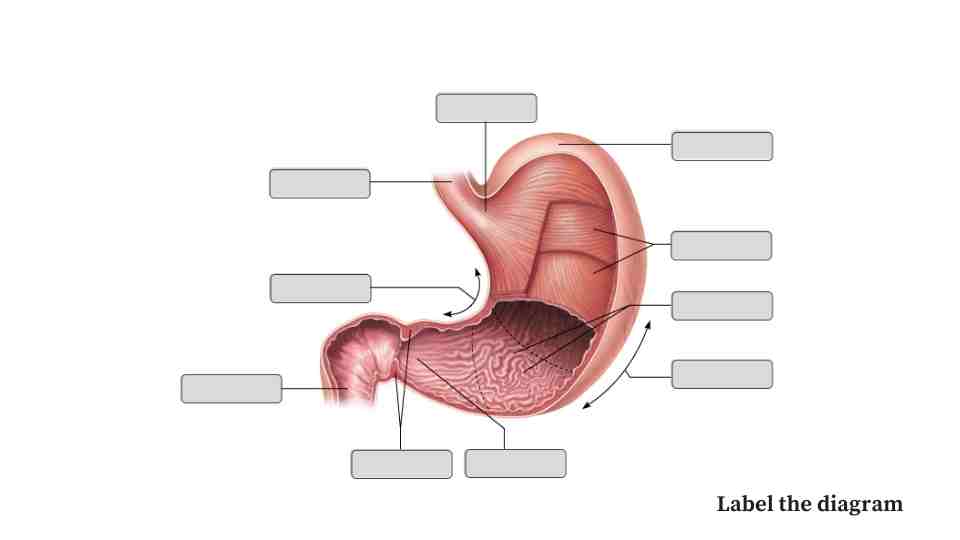
Summary of Main Points
The stomach is a complex organ that plays a crucial role in the digestive process. It has several layers and distinct parts, each with its own function. By using a labeled diagram, children can better understand the structure and function of the stomach.
Importance of Understanding the Stomach as a Vital Organ
Understanding the stomach is important for overall health and wellbeing. By learning about the functions and structures of the stomach, children can better appreciate the complexity of the human body and the importance of taking care of it.
Further Learning About the Stomach
Learning about the human body is an ongoing process. Encouraging children to explore and learn more about the human body can help foster a lifelong love of learning and curiosity about the world around them. At kidslearningpod.com, we offer a variety of resources and activities to help children learn about the human body and other science topics.
Download 15 worksheets for labelling
Kindly Allow Pop ups to let the Download Begin!


